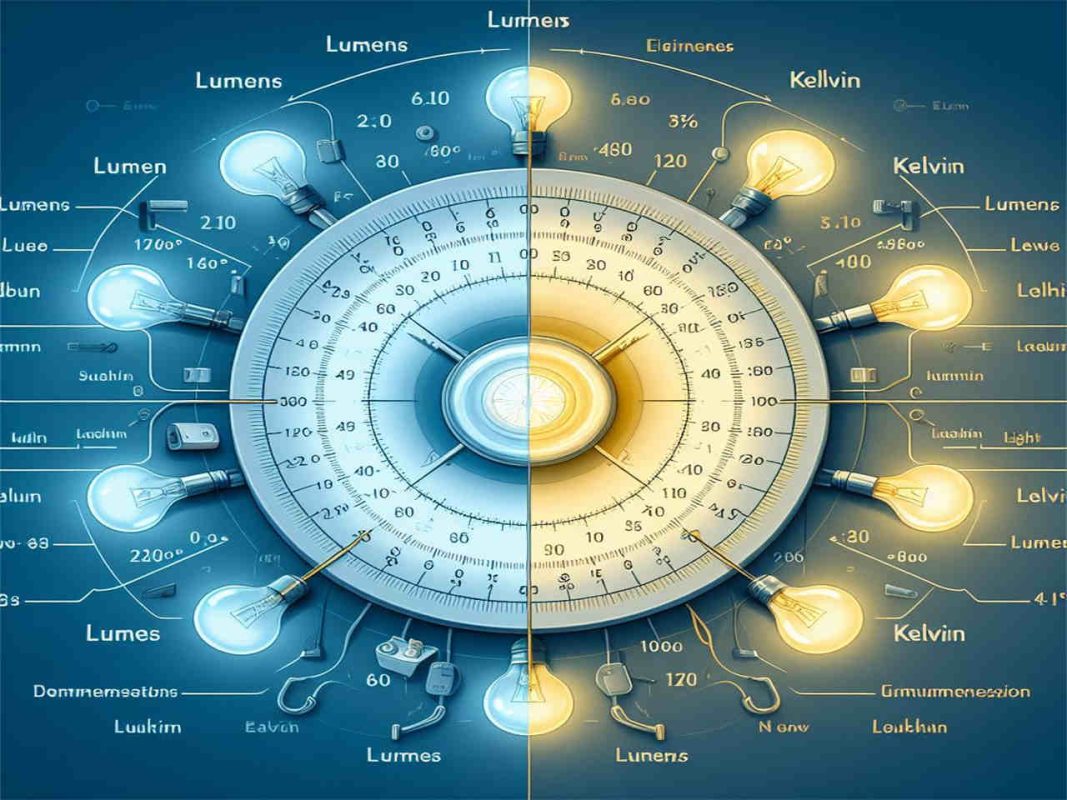Ambient lighting in interior design refers to the main source of light in a space, providing overall illumination. It sets the tone and mood of a room, often achieved through ceiling lights, wall-mounted fixtures, or lamps. This foundational lighting layer is crucial for visibility and enhances the space’s aesthetics, creating a warm, inviting atmosphere.
Ever wondered how ambient lighting can transform your home’s atmosphere? This article dives into the heart of interior design, spotlighting the importance of ambient lighting. It’s more than just illumination; it’s about creating a mood, solving common lighting challenges, and enhancing your living space. By exploring different ambient lighting strategies, you’ll discover how to bring out the best in your home. Get ready to see your space in a new light!
The Essence of Ambient Lighting
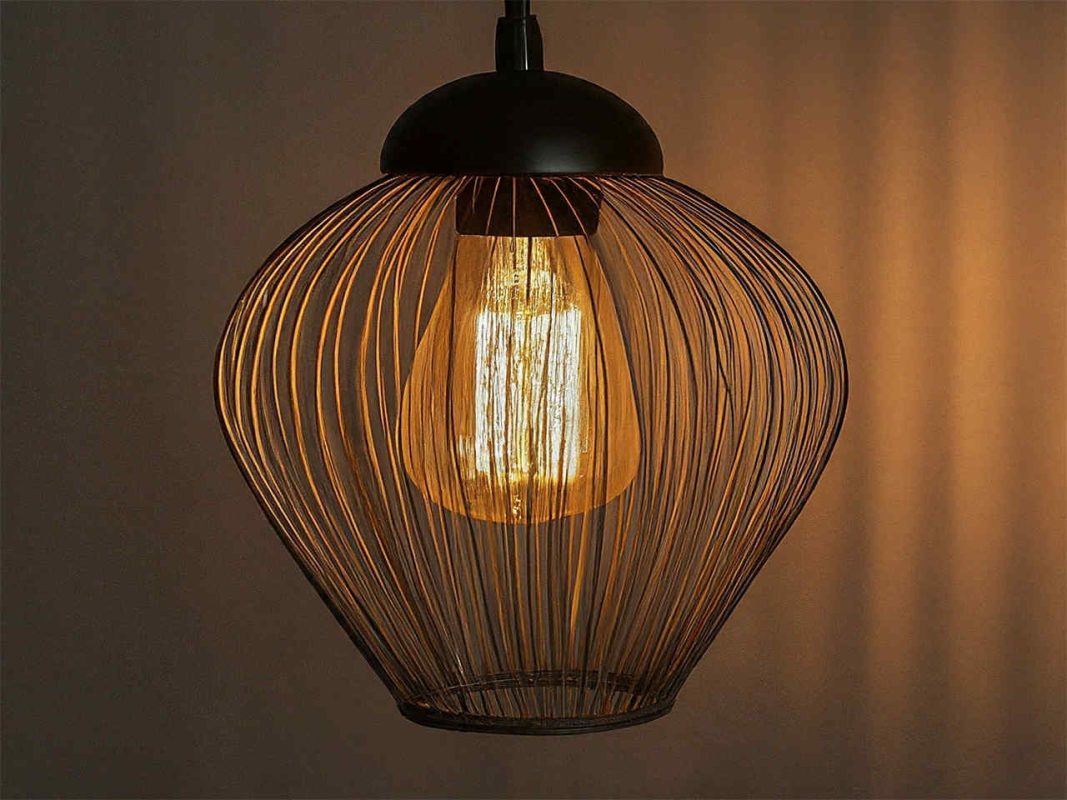
Ambient lighting, often considered the base coat of interior design, plays a crucial role in setting the tone and mood of a space. Think of it as the background music of a room, subtly but powerfully influencing the overall ambiance. It’s not just about illumination; it’s about creating a feeling, an atmosphere.
In the world of interior design, ambient lighting is akin to a canvas, upon which the other elements of lighting and design are layered. It’s the general lighting that allows you to see and navigate a space comfortably. This type of lighting can come from various sources like chandeliers, wall-mounted fixtures, and LED downlights, each contributing to the room’s overall feel.
The key to mastering ambient lighting lies in balancing function and aesthetics. It’s essential to consider the room’s purpose and how the lighting will interact with other design elements. For instance, in a living room or bedroom, where relaxation is the goal, warmer tones are often preferred. In contrast, spaces like kitchens or home offices may benefit from brighter, cooler lighting to enhance productivity and focus.
Layering is a fundamental aspect of lighting design. Ambient lighting lays the foundation, but it’s the interplay with task and accent lighting that truly brings a room to life. Task lighting, as the name suggests, is geared towards specific activities like reading or cooking, focusing light where it’s needed most. Accent lighting, meanwhile, is used to highlight architectural features or artworks, adding depth and drama to the space.
Technological advancements have revolutionized ambient lighting, introducing elements like smart lighting systems and LED innovations. These developments allow for a more personalized lighting experience, with the ability to adjust color temperatures and brightness to suit different moods and activities.
When implementing ambient lighting, uniformity is crucial. The goal is to spread light evenly across the room, creating a cohesive and inviting atmosphere. This includes paying attention to the color temperature of the light, which can greatly affect the mood of a space. For example, warmer hues are soothing and relaxing, making them ideal for lounging areas, while cooler tones are energizing, better suited for workspaces.
The use of dimmer switches can greatly enhance the flexibility of ambient lighting. They allow you to adjust the brightness to suit different times of the day and various activities, from full brightness for tasks like makeup application to a softer glow for relaxing in the bath.
Types and Sources of Ambient Lighting
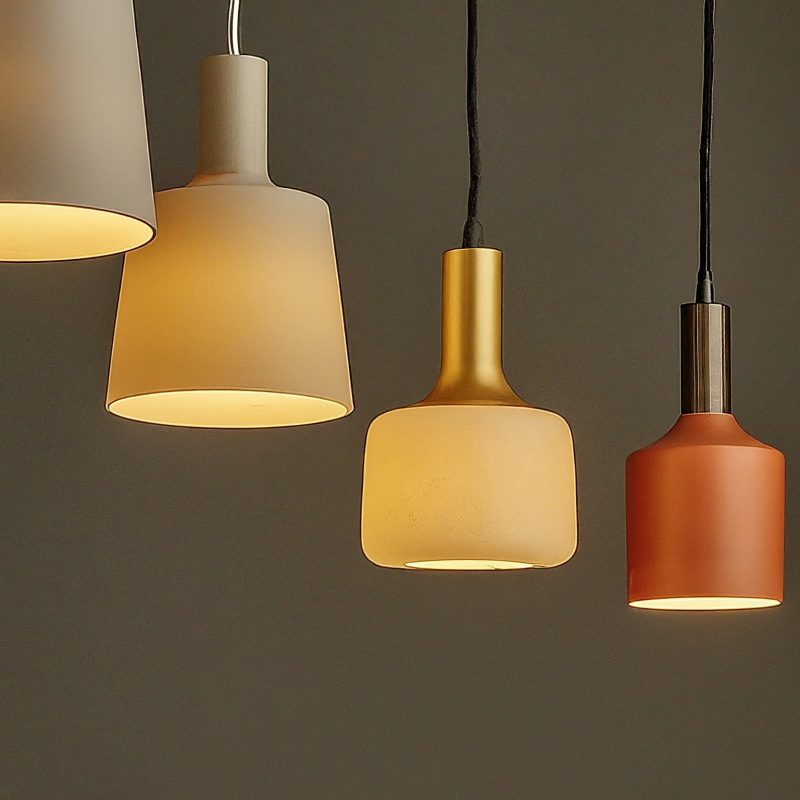
Ambient lighting, an integral part of interior design, essentially sets the foundational mood and atmosphere of a space. Think of it as the canvas upon which other lighting types like task and accent lighting add their unique strokes. Ambient lighting typically offers a gentle and consistent illumination, eliminating stark contrasts and dark corners, thereby creating a welcoming and comfortable environment.
To dive into the specifics, ambient lighting can be achieved through various sources. Natural light is a key player, harnessing the sun, moon, and stars to bring a sense of well-being and reduce electricity usage. Large windows or transparent ceilings are often used to maximize natural light. Then, there are decorative lamps, like pendant lamps, wall sconces, and floor lamps, which serve dual purposes of both beautifying and illuminating a space. Architectural lamps, on the other hand, are more integrated into the building’s design, offering practical solutions with less emphasis on aesthetics compared to decorative lighting. Examples include recessed lamps, ceiling-mounted lamps, LED strips, spotlights, and track lamps.
The concept of lighting layers plays a pivotal role in interior design. This involves mixing different types of lighting sources – ambient, task, and accent – to create contrast, color, and texture within a space. Ambient light, being the basic layer, provides overall illumination, while accent light is used to highlight specific objects or architectural details, turning them into focal points. Task light, as the name suggests, is more focused, aiding in performing specific tasks like reading or cooking.
When it comes to implementing ambient lighting effectively, it’s important to consider the color temperature, which can range from warm light (creating a cozy atmosphere) to cool white light (ideal for workspaces and commercial buildings). The beam angle also matters; spot angles highlight specific objects, whereas wide angles provide general, dispersed lighting.
Pairing the right kind of furniture with your lighting choice can significantly enhance the room’s ambiance. High-quality furniture pieces, made from materials like leather, wood, and metal, can complement and elevate the lighting effects, creating a harmonious and inviting environment.
Technology has also revolutionized ambient lighting. LED innovations have made lighting more energy-efficient and versatile in color options. Smart lighting systems that adjust according to mood, schedule, and activities offer a personalized experience, and advancements in LED technology allow users to select warmer or cooler light hues according to the desired ambiance.
Techniques for Implementing Ambient Lighting
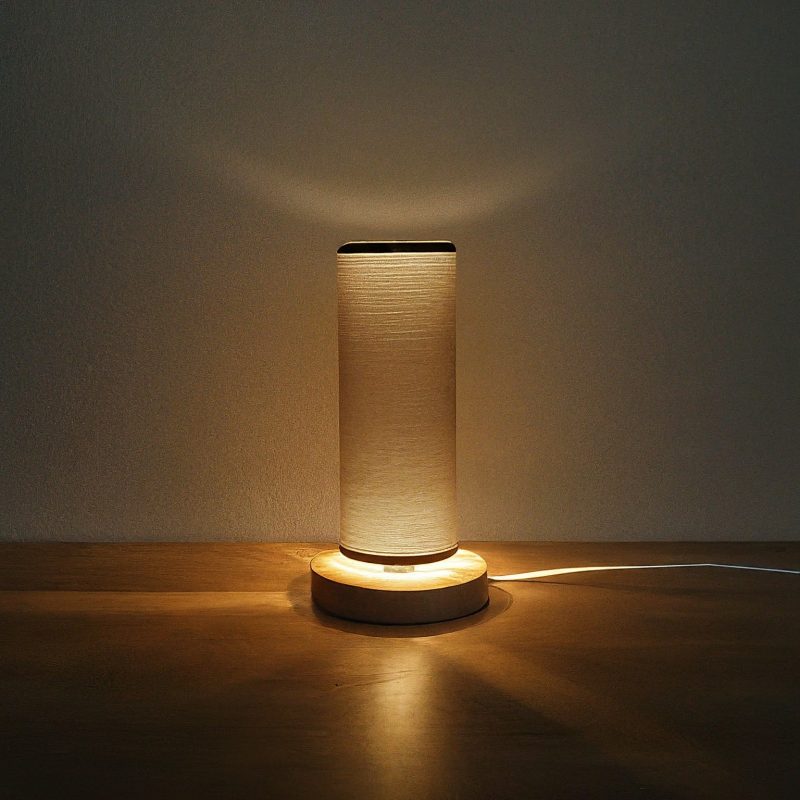
Exploring the realm of ambient lighting in interior design opens up a world where light not only illuminates but also enhances the beauty and functionality of spaces. Ambient lighting, often regarded as the foundational layer of illumination in a room, sets the stage for the overall atmosphere. It’s like the base coat of paint that prepares the canvas for more detailed work.
Layering Ambient with Task and Accent Lighting
The art of lighting a space is akin to creating a harmonious symphony with different instruments. Each type of lighting plays a unique role. Ambient lighting provides a consistent and general level of illumination, ensuring no dark corners are left unattended. Task lighting, on the other hand, offers focused, intense illumination for specific activities like reading or cooking. Lastly, accent lighting adds drama and style, highlighting artwork, architectural details, or furniture.
Imagine you’re in a study room: the ambient light offers a soft glow, a desk lamp provides focused light for reading, and a spotlight accentuates the bookshelves. Together, these layers not only fulfill functional needs but also create a visually appealing and dynamic space. The key is to balance these layers to match the room’s purpose and aesthetic.
Color Temperature and Its Impact
The color temperature of lighting drastically influences the mood of a room. Measured in Kelvins, color temperatures range from warm to cool tones. Warm lights, around 3000 Kelvin, create a cozy, inviting atmosphere, perfect for living rooms or bedrooms. Neutral lights, at about 4000 Kelvin, offer a balanced ambiance, suitable for bathrooms or kitchens. Cool white lights, approximately 5000 Kelvin, provide a brighter and more alert environment, ideal for offices or commercial settings.
This aspect of lighting design is not just about brightness; it’s about setting the right tone. For instance, warm lighting can make a room feel more intimate, while cool lighting can enhance concentration in workspaces.
Technological Advancements
The evolution of lighting technology has brought us LED innovations and smart lighting systems. LEDs are not only energy-efficient but also offer a wide range of color options. Smart lighting takes this a step further by allowing adjustments based on mood, activities, or even synchronizing with entertainment like music or movies.
Incorporating ambient lighting in interior design is more than just a technical task; it’s a creative journey. The choice of lighting should reflect the story you want each room to tell. It’s not only about achieving the perfect level of brightness but also about crafting experiences and memories within those spaces. Think of it as painting with light, where each stroke adds to the overall picture of your home.
For those interested in delving deeper into the intricacies of lighting design, exploring online resources, including comprehensive articles and YouTube tutorials, can be immensely helpful. These resources offer a more hands-on understanding of how to implement ambient lighting effectively.
Remember, good lighting design is a blend of science and art. It’s about understanding the technical aspects, like color temperature and layering, while also embracing the creative potential of light to transform spaces into warm, inviting, and functional areas.
Practical Application of Ambient Lighting
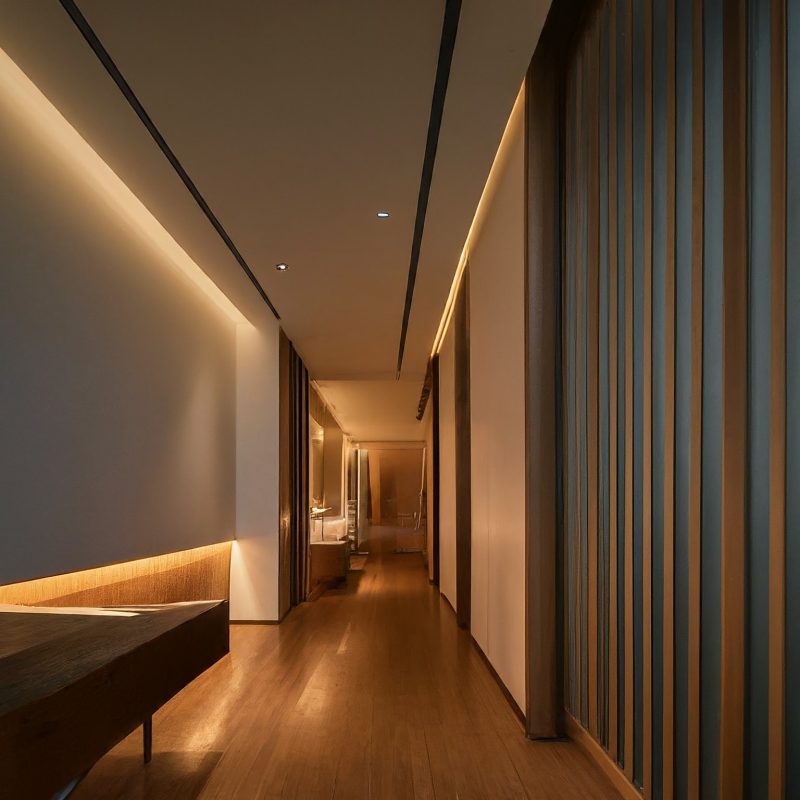
Implementing ambient lighting goes beyond mere illumination; it’s about crafting an atmosphere. Uniformity in lighting ensures a cohesive and comfortable space, while the color temperature plays a pivotal role in setting the mood. For instance, warmer hues create a cozy environment in living rooms, whereas cooler tones are suitable for workspaces, enhancing focus and energy.
Layering Techniques: The art of lighting layering combines ambient, task, and accent lighting to achieve a balanced and dynamic design. It’s like creating a symphony with lights, where each type plays its unique role yet harmonizes with the others. For example, in a study room, a blend of soft ambient light, a focused task light on the desk, and a spotlight accentuating a bookshelf creates a multifunctional space for reading, working, and displaying art or decor.
Technological Advancements: The world of ambient lighting has been revolutionized by LED innovations and smart lighting systems. LEDs offer energy efficiency and a wide range of color options, making them a versatile choice for different room settings. Smart lighting systems add a layer of interactivity and personalization, adjusting the lighting based on mood, schedule, and activities. Imagine lights that change color or intensity based on the time of day or the type of activity you’re engaged in – that’s the magic of modern ambient lighting technology.
Techniques for Implementing Ambient Lighting
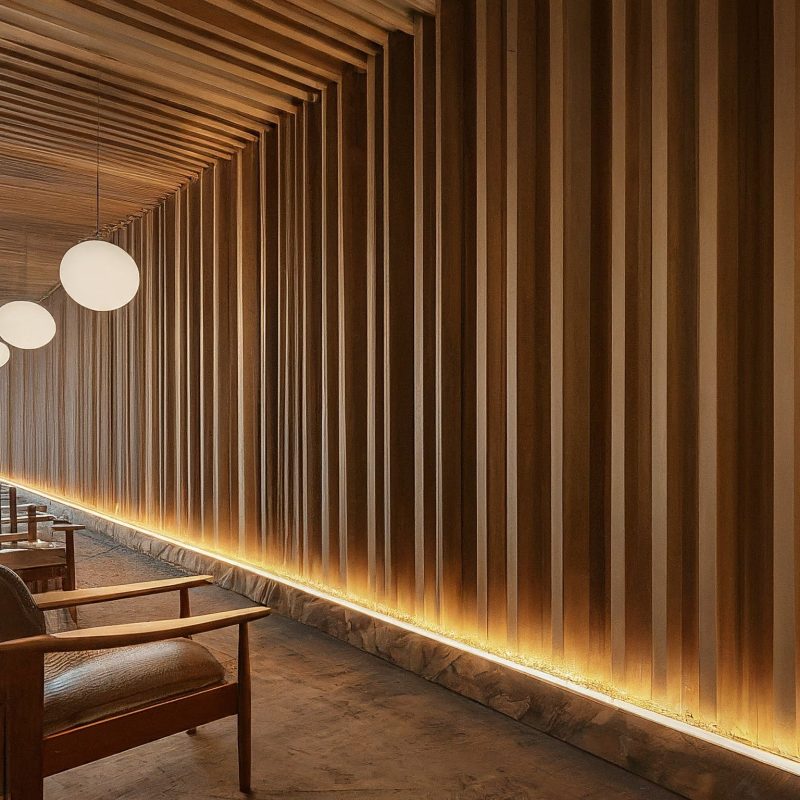
Ambient lighting, often regarded as the foundation of any lighting plan in interior design, plays a crucial role in creating a comfortable and visually pleasing environment. It’s the general illumination that bathes your space in light, setting the tone and mood. This guide provides practical advice on achieving uniform and appropriate ambient lighting for various spaces.
Layering Ambient with Task and Accent Lighting
Combining Different Lighting Types: The key to a well-lit room is the balance between ambient, task, and accent lighting. Think of ambient lighting as the base layer, providing overall illumination. Task lighting, as the name suggests, is focused on areas where specific tasks are performed – like reading or cooking. Accent lighting, meanwhile, highlights architectural features or artwork.
To create a harmonious lighting scheme:
- Start with ambient lighting to set the foundational brightness level.
- Add task lighting in areas where you perform specific activities. This could be under-cabinet lights in the kitchen or a desk lamp in your study.
- Introduce accent lighting to draw attention to art, plants, or bookcases. This layer adds depth and dimension to your space.
Remember, each type of lighting serves a purpose, and when combined, they create a well-rounded and functional space.
Color Temperature and Its Impact
Warm vs. Cool Tones: The color temperature of light, measured in Kelvins (K), dramatically affects the atmosphere of a room. Lower Kelvin numbers mean warmer, yellowish light, reminiscent of sunrise or sunset. Higher Kelvin numbers produce cooler, bluish light, similar to daylight.
- Warm lights (2000K to 3000K) are inviting and cozy, making them ideal for living rooms and bedrooms.
- Cool lights (3100K to 4500K) offer a more energizing effect, suitable for kitchens, bathrooms, and workspaces.
Using the right color temperature can enhance the function and aesthetic of a space. For instance, warm lighting in a restaurant creates a welcoming ambiance, while cool lighting in an office maintains alertness and focus.
Ambient lighting is much more than just a necessity; it’s a design element that shapes how we perceive and enjoy our spaces. It’s fascinating how subtle changes in lighting can transform a room’s look and feel. When designing your space, consider how each room is used and the mood you want to set. Play with different layers and temperatures to find the perfect balance that reflects your style and meets your needs.
The Impact of Ambient Lighting on Room Design
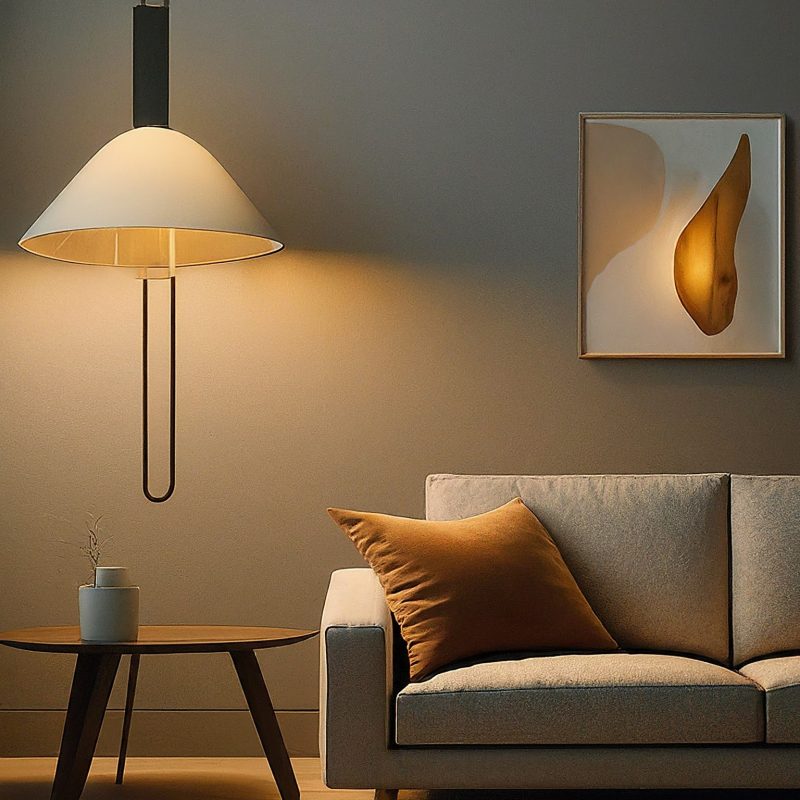
Ambient lighting isn’t just a source of illumination; it’s a key element in interior design that profoundly affects how we perceive and experience a space. It has the power to influence the room’s size, ambiance, and the mood of its occupants, seamlessly integrating with the room’s overall aesthetic.
Relationship with Furniture and Décor: The interplay between ambient lighting and furniture can significantly enhance a room’s atmosphere. By carefully choosing lighting fixtures and furniture that complement each other, you can create a warm, inviting, and sophisticated space. Consider how different lighting can highlight or soften the colors and textures of your furniture and décor, adding depth and dimension to the room.
Ambient Lighting in Different Room Types: Each room in your home serves a unique purpose, and ambient lighting should reflect that. For example, a living room might benefit from softer, warmer lighting to create a relaxing environment, while a home office may require brighter, cooler lighting to enhance focus and productivity.
Influence on Room Aesthetics: Ambient lighting sets the foundational tone for a room. Just like a base coat of paint, it establishes the initial mood before layering with task and accent lighting. This layering approach not only illuminates but also crafts experiences within the space.
Enhancing Color Schemes with Lighting
Lighting has a significant impact on room colors. Different light sources can alter how colors appear, with cool-toned lights emphasizing blues and greens and warm-toned lights enhancing yellows, oranges, and reds. The right lighting can bring a color scheme to life, making it crucial to select light fixtures and bulbs that complement and enhance the room’s palette.
Functional Lighting for Different Spaces
In different areas of the home, lighting serves various functions. In workspaces, task lighting is key, providing focused light for activities like reading or cooking. Meanwhile, in living areas, ambient lighting plays a more dominant role, offering a gentle illumination that enhances the overall comfort and aesthetic of the space. It’s important to balance both the functionality and the decorative aspects of lighting in each room to create an inviting and practical environment.
When designing with ambient lighting, think of it as telling a story. Each room has its own narrative, and the lighting should contribute to that. It’s not just about brightness or utility; it’s about creating an atmosphere that reflects the character of the space and the people who inhabit it.
Designing with Ambient Lighting: A Creative Journey
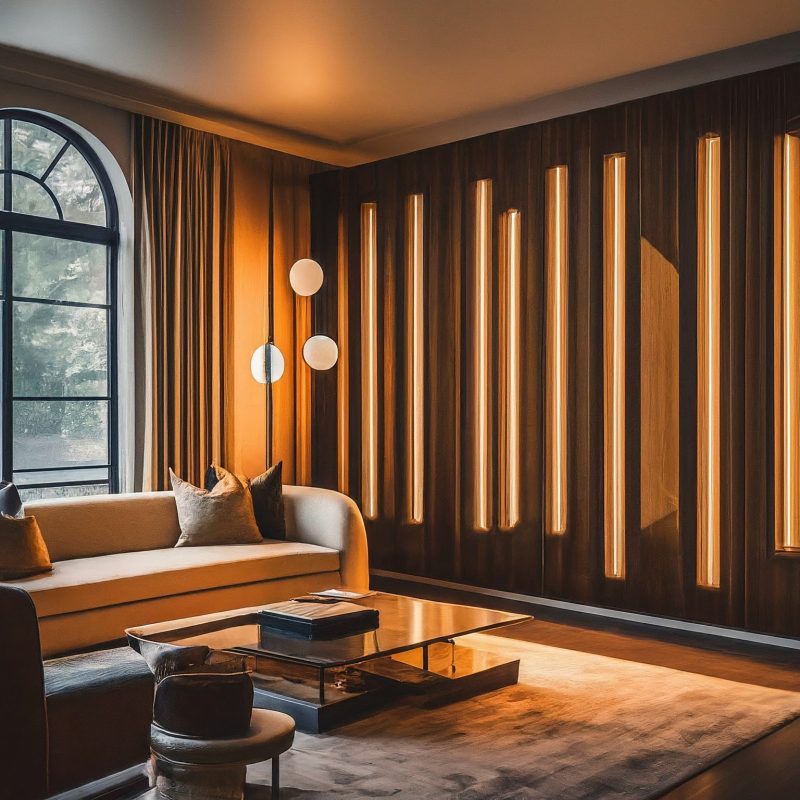
Designing with ambient lighting is like setting the stage for your home’s atmosphere. It’s not just about illuminating your space; it’s about creating a mood, a vibe that makes your home feel like, well, home. Think of it as the base coat in your room’s design palette – it sets the tone for everything else.
Ambient Lighting: The Foundation of Your Home’s Lighting Scheme
First things first, ambient lighting is your go-to for general illumination. It’s that soft, gentle light that fills up a room without being overpowering. This can be achieved through overhead fixtures like recessed lights, chandeliers, or track lights. They lay the groundwork for a warm and inviting atmosphere in your space.
Now, let’s get a bit technical, but in a fun way. Ambient lighting’s charm lies in its color temperature. Ever noticed how some lights make a room feel cozy, while others feel more like a sterile office? That’s all about the color temperature, measured in Kelvins. For a homier feel, warmer hues are your friend, while cooler tones work best in areas where you need a bit of an energy boost, like a home office.
The Hampshire Light Approach: Combining Style and Functionality
Moving on to something a bit more specific, the Hampshire Light approach to lighting design is all about blending practicality with style. They focus on not just how lighting looks but also how it functions in your space. Think smart lighting systems that adjust to your moods and activities. It’s about lighting that responds to your life, not the other way around.
Creating the Perfect Ambience: Tips and Techniques
When it comes to implementing ambient lighting, the key is balance and layering. Different rooms have different needs. Your bedroom might call for a dim, cozy glow, while your kitchen might need brighter lights. Using dimmer switches can be a game-changer here, giving you control over the intensity of light, adapting it to different times of the day or different activities.
Balancing with Furniture and Décor
It’s not just about the lights themselves, though. How you balance them with your furniture and décor is crucial. Selecting pieces that complement your lighting can enhance the overall ambiance. For example, pairing a warm ambient light with a classic Eames Lounge Chair can elevate the sophistication and comfort of your living room.
A Blend of Natural and Artificial Light
Lastly, don’t forget the interplay between natural and artificial light. Maximizing natural light during the day and complementing it with artificial light sources can create a seamless transition from day to night in your home.
In essence, ambient lighting in interior design is about creating a welcoming, comfortable space that reflects your personal style and meets your functional needs. It’s about making your home not just a place you live in, but a place you love.
Ambient Lighting’s Role in Enhancing Room Aesthetics
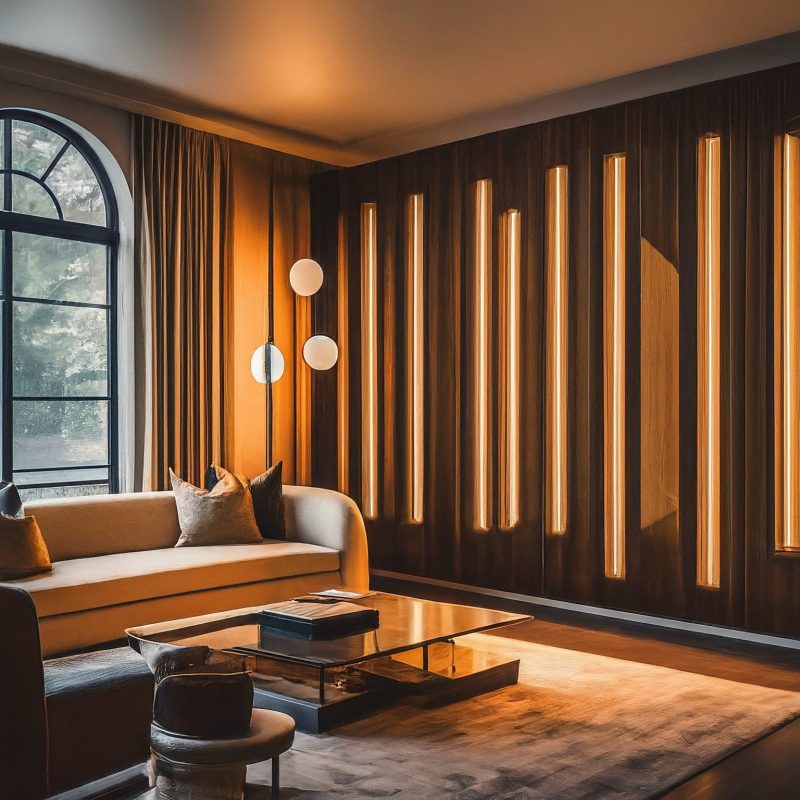
Think of ambient lighting as the canvas upon which the rest of your room’s design elements come to life. It’s not just about illumination; it’s about setting the stage for an engaging and harmonious atmosphere.
Ambient Lighting: Setting the Stage
Ambient lighting, often considered the base layer of lighting in interior design, serves as the overall illumination of a space. It’s akin to the base coat of your favorite nail polish, setting the stage for the entire room. This layer prevents dark corners and ensures a welcoming, evenly lit environment. Think recessed ceiling lights or strategically placed floor lamps that light up a space and can even serve as statement pieces.
Impact on Color and Texture Perception
The way ambient lighting interacts with color and texture in a room is quite intriguing. Different color temperatures of light can influence our mood and perception of a space. Warm white light (2700K-3000K) tends to create a calming and relaxing atmosphere, whereas cool white light (4000K-5000K) is more energizing and stimulating. This means the choice of light can significantly enhance a room’s color scheme, either accentuating cool or warm tones, and even affect how we perceive textures and patterns. Accent lighting, specifically, can be directed to highlight unique textures or patterns, adding depth and drama to the space.
Creating Focal Points and Depth
The artistry in lighting design comes into play when we talk about creating focal points and depth. Accent lighting acts like a spotlight in a gallery, directing attention to the most important parts of a room. This could be an architectural feature, an artwork, or a unique design element. By carefully placing spotlights or track lighting, you can create a sense of depth and drama, enhancing the aesthetic appeal of these features.
Practical Tips for Implementation
When implementing ambient lighting, remember that uniformity is key. It’s important to spread the glow evenly to create a relaxed atmosphere. However, different rooms have different functions, and thus, their lighting needs vary. For instance, your workspace might require brighter lighting compared to the dim, cozy ambiance you’d prefer in your bedroom.
Technological Advances in Ambient Lighting
With advancements in technology, ambient lighting has become more interactive and adaptable. Smart lighting systems can adjust lighting based on mood, schedule, and activities, offering a personalized experience. LED innovations have also brought energy-efficient and environmentally friendly options to the table.
Balancing Fixture Choices for Optimal Impact
An essential aspect of ambient lighting is the careful selection and balance of lighting fixtures. It’s about finding the sweet spot between ambient, task, and accent lighting. Each type of lighting serves a distinct purpose and, when combined effectively, they create a dynamic and aesthetically pleasing atmosphere.
Remember, your home is your canvas. Don’t hesitate to experiment with different lighting types, temperatures, and styles. The goal is to create a space that not only looks great but also feels right to you.
As for enhancing your understanding with some visual aids, I recommend checking out some YouTube videos on the topic. They can provide a more practical and visual explanation of these concepts.
Technological Innovations in Ambient Lighting
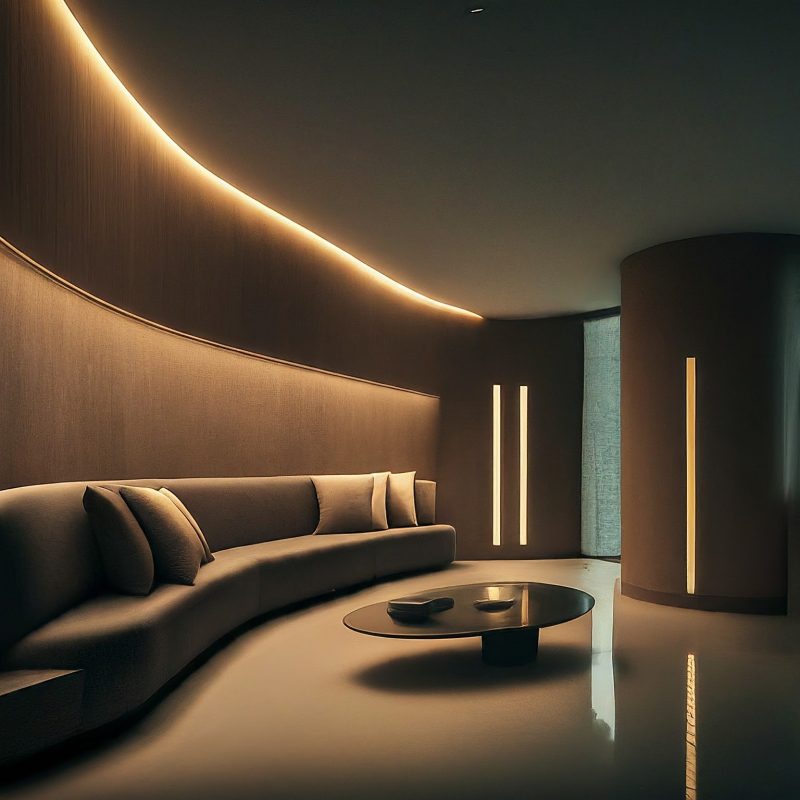
In exploring the realm of ambient lighting in interior design, we’re witnessing a fascinating evolution of technology that’s reshaping our living spaces. Let’s delve into the latest innovations and trends that are making waves in this field.
LED Innovations and Smart Lighting Systems
LED technology has come a long way, becoming increasingly popular due to its energy efficiency and longer life cycle. Unlike traditional lighting systems, LEDs convert almost all their electrical energy into light, reducing waste and cutting costs. This is a big leap from the old incandescent bulbs that converted a significant portion of energy into heat. The global LED lighting market is projected to reach a value of $108 billion by 2025, highlighting its widespread adoption and technological advancement.
Moreover, the shift towards smart LEDs is quite remarkable. These lights are not just about illumination anymore; they’re about creating an atmosphere. With smart lighting technology, you can now control the lighting of your home remotely, using smartphones or tablets. This integration of lighting with the Internet of Things and the push for intelligent home solutions has given birth to lighting systems that can be customized and controlled for efficiency, aesthetics, and functionality. The concept of smart lighting extends to voice-activated controls through devices like Amazon Echo and Google Home, making lighting more interactive and integrated into our daily lives.
The Power of Dimmers and Controlled Settings
The advent of advanced dimmers and controlled lighting settings has brought a new level of flexibility in managing ambient lighting. These systems allow for fine-tuning the intensity and color of light, catering to different moods and occasions. For instance, you can transform a living room into a cozy, relaxed environment or a vibrant party space with just a few adjustments on your smartphone. This ability to personalize lighting based on individual preferences and activities is a game-changer in interior design.
Innovations like tunable white light systems and quantum dot technology are also gaining traction. They mimic natural daylight indoors, adjusting brightness and color temperature throughout the day. This approach not only enhances the aesthetics of a space but also supports human well-being and productivity by aligning with our circadian rhythms.
Emerging Trends and Future Outlook
The future of lighting in interior design is brimming with possibilities. We are seeing a trend towards integrating lighting with architectural elements, where entire walls, ceilings, and floors can become sources of light. This transforms the very essence of a space, turning structures into luminous elements that interact with their inhabitants.
Furthermore, the rise of 3D printing in lighting design is opening up new avenues for customization and creativity. Designers can now create unique, bespoke lighting fixtures that were not possible with traditional manufacturing methods. This is not only about aesthetics but also about functionality, as 3D printing allows for the integration of components like heat sinks directly into the design, enhancing performance and efficiency.
Now that you’ve seen how ambient lighting can elevate your home, why not try it out? We’d love to hear how it goes! Share your experiences and photos in the comments, and don’t hesitate to ask questions or suggest topics we might have missed. And if you found this helpful, please share it on social media. Your home’s next level of comfort and style is just a light switch away!


 White LED Strip Lights
White LED Strip Lights Green LED Strip Lights
Green LED Strip Lights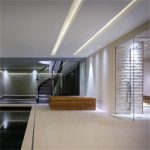 Ceiling LED Strip Lights
Ceiling LED Strip Lights Cuttable LED Light Strips
Cuttable LED Light Strips Garage LED Lighting Strips
Garage LED Lighting Strips Modern Track Lighting
Modern Track Lighting Ceiling Track Lighting
Ceiling Track Lighting LED Linear Track Lighting
LED Linear Track Lighting Black Track Lighting
Black Track Lighting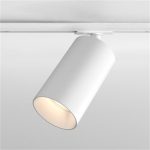 White Track Lighting
White Track Lighting Linear Ceiling Light
Linear Ceiling Light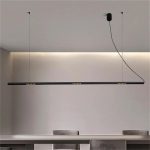 Modern Linear Lighting
Modern Linear Lighting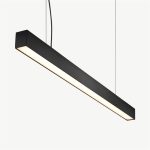 Black Linear Lighting
Black Linear Lighting White Linear Lighting
White Linear Lighting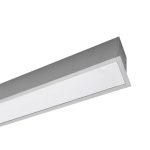 Recessed Linear Light
Recessed Linear Light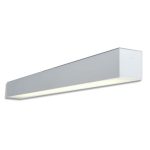 Surface Mounted LED Linear Lights
Surface Mounted LED Linear Lights Recessed Spotlights
Recessed Spotlights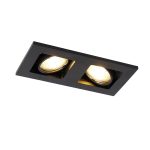 Black Spotlight
Black Spotlight White Spotlights
White Spotlights LED Panel Light 600×600
LED Panel Light 600×600 Kitchen Downlighting
Kitchen Downlighting Commercial Downlights
Commercial Downlights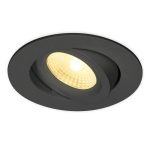 Black Downlights
Black Downlights White Downlights
White Downlights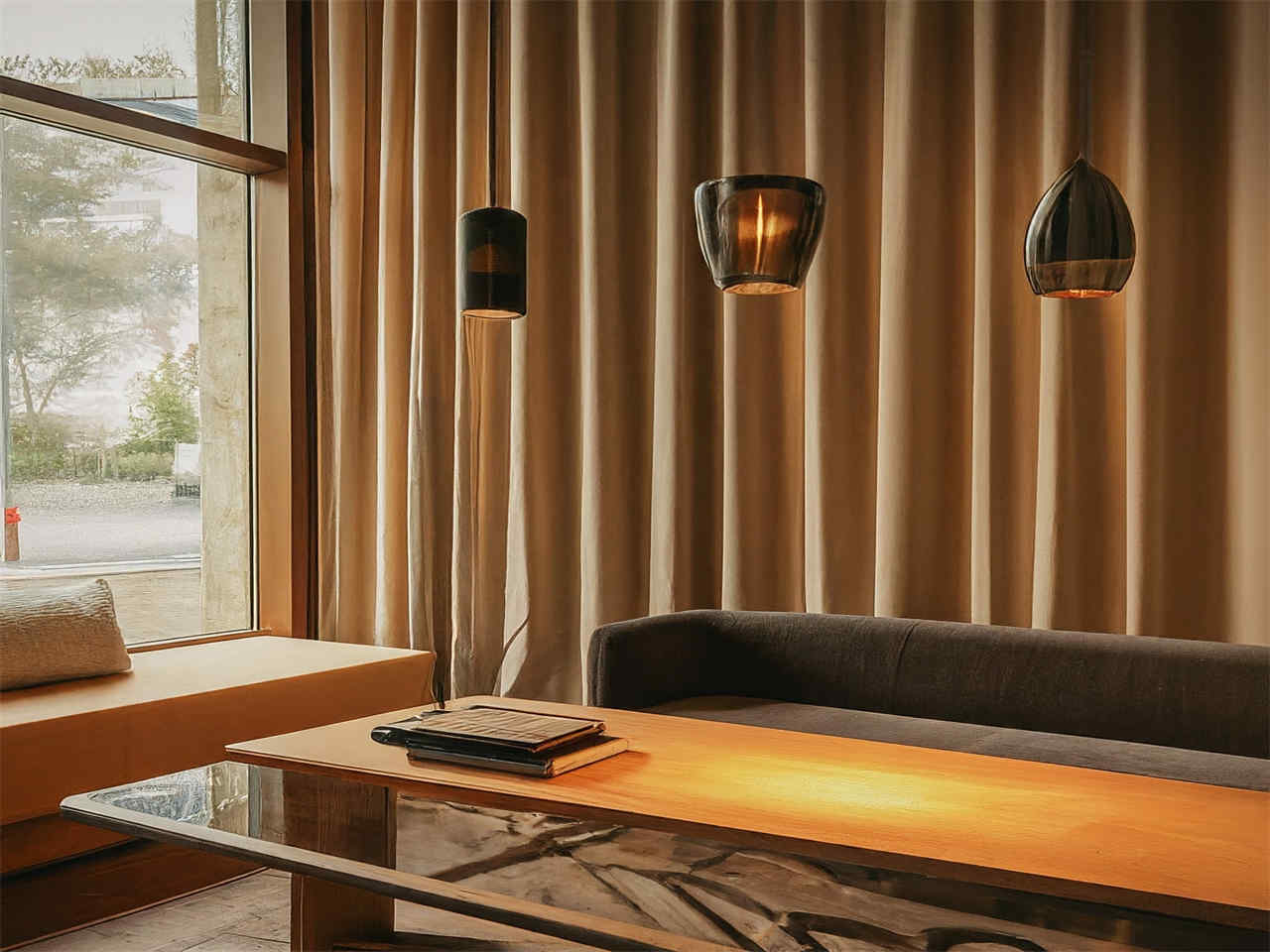
![Interior designer Statistics in the UK[2023 stats] -Article-All you need to know-DALL·E 2024 01 27 14.48.37 A large, eye catching photo designed for a report cover or a presentation slide. The theme is 'Interior Designers Stats UK'. The main focus is a very](https://www.kosoom.uk/wp-content/uploads/2024/01/DALL·E-2024-01-27-14.48.37-A-large-eye-catching-photo-designed-for-a-report-cover-or-a-presentation-slide.-The-theme-is-Interior-Designers-Stats-UK.-The-main-focus-is-a-very--1067x800.jpg)
![Electricians Statistics in the UK[2023 stats]-Article-All you need to know-DALL·~1](https://www.kosoom.uk/wp-content/uploads/2024/01/DALL·1-1-1067x800.jpg)

